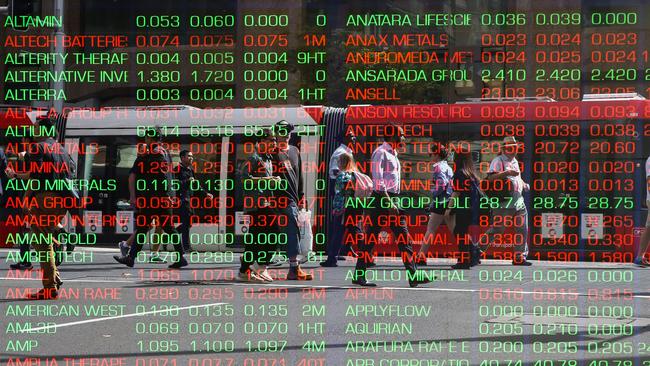ASX 200 down; US inflation dents Fed interest rate cut hopes
As US inflation proves even stickier than expected it’s increasingly likely the Fed won’t cut interest rates any time soon | Also today: ASX 200 trims sharp falls, Star down.

Welcome to the Trading Day blog for Thursday, April 11. Expected delays in US interest rate cuts could also affect the timing of Australian interest rate cuts if the exchange rate falls sharply enough. It’s also bad news for the lofty valuation of the stock market. The ASX 200 index closed 0.4 per cent lower at 7813.6 points, recovering from its early 1.2 per cent decline.
The Aussie dollar is near US65.21c.



